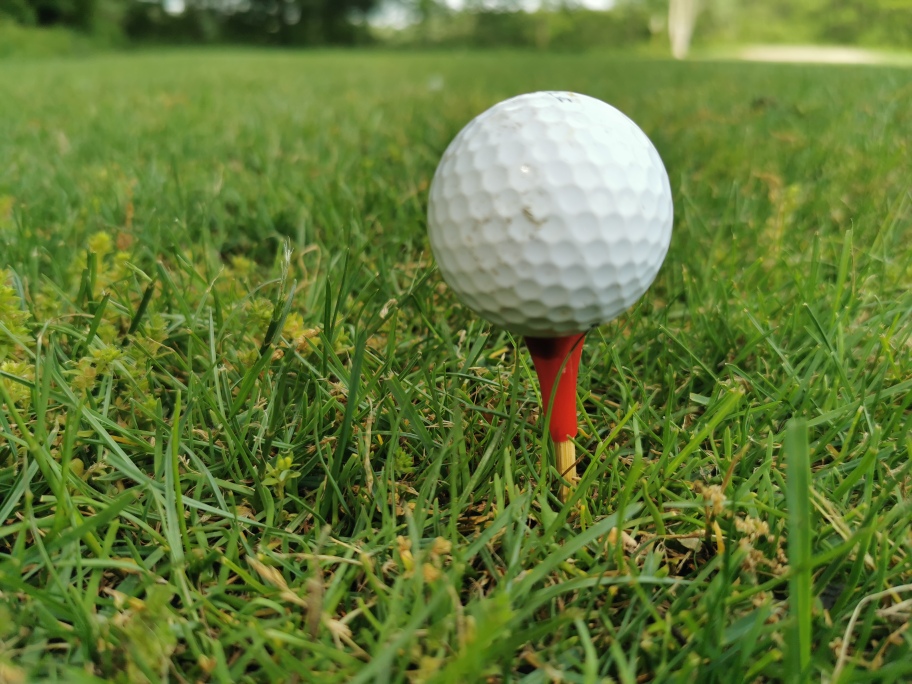
Features
Agronomy
Golf
CTRF funding pair of research projects aimed at turfgrass management and golf
Project leaders at Laval, Oregon universities
October 11, 2023 By Jim Ross

The Canadian Turfgrass Research Foundation is currently funding two research projects with the support of other allied organizations and funding partners. Both of these projects have a direct relationship to turfgrass management and the game of golf. Recent reports from the researchers have been used to write this brief description of the individual projects.
The first project is ‘Understanding and predicting pesticide use on golf courses using deep machine learning,’ under the guidance of principal investigator, Guillaume Grégoire, an assistant professor, in the Département de phytologie at Laval University.
In 2003, the Province of Quebec legislated the mandatory reporting of pesticide use on golf courses which has produced a database of more than 40,000 pesticide applications. Dr. Gregoire undertook the task of analyzing these data in order to develop a model to identify factors associated with pesticide use and to predict future needs to better guide golf courses in their pesticide reduction objectives.
Deep machine learning by computers is the process of using developed algorithms to problem solve and, in turn, develop a model that can help to predict the need for pesticide applications. Rather than have a human computer programmer complete the process of data interpretation, algorithms can be utilized to interpret this large database.
Results to date have seen the development of a new model to accurately forecast the need for pesticide applications on golf courses, expressed as the Actual Active Ingredient Rate (AAIR). The researchers also showed that using total precipitation and temperature values from the complete growing season (May to November) was a better approach than using values from shorter time periods. By using this model, golf course superintendents in Québec may be able to forecast pesticide use more accurately and establish pesticide reduction targets in accordance with existing legislation. In addition, this model can be used by regulatory authorities and agronomists to refine and improve pesticide reduction processes on golf courses. A further analysis indicated that the total precipitation is the most critical variable in AAIR forecasting, while the average temperature, pesticide types, and the number of golf holes are ranked second to fourth.
A final report on this project is expected in the near future.
The second project is being conducted by Dr. Alec Kowaleski and Dr. Clint Mattox from Oregon State University and is entitled ‘Understanding the carbon balance in turfgrass ecosystems.’
Public concerns about climate change have resulted in a commitment to reduce emissions. Carbon sequestration is the process by which carbon dioxide (CO2) is collected by plants and stored in soils. Turfgrasses are broadly used and have the potential to mitigate carbon dioxide (CO2) emissions. Considering this, the overarching objective of this project is to determine the impact of high versus low inputs on carbon sequestration of cool-season turfgrass, and to develop recommendations to minimize the greenhouse emissions. To research this objective, the researchers conducted an extensive review of the current literature and then initiated several field trials in Corvallis, OR.
Findings produced from the literature review showed that newly established turfgrass is a substantial CO2 “sink” that accumulates carbon in the soil for more than a decade. However, as turfgrass matures, carbon sequestration rates diminish and reach a carbon neutral state around 50 years after establishment.
For these projects, two methods were utilized to quantify CO2 uptake and emissions between turfgrass and the atmosphere. The first method measures CO2 exchange every hour under optimum management practices (weekly mowing, fertilization four times per year, and daily irrigation during periods of heat stress). The second method allows us to measure CO2 exchange from more plots and treatments receiving different management practices of mowing (two inches and four inches), fertilization (zero and four pounds nitrogen per 1,000 square feet per year), and irrigation (non-irrigated control to 0.6 centimetres of precipitation applied four times per week (June through September).
Preliminary data from the field trials suggests that cool-season turfgrass was able to assimilate atmospheric CO2 at higher rates during cool months. During the cool months, fertilization typically increased turfgrass carbon sequestration but did not during the summer. Interestingly, summer irrigation provided very little to no improvements in carbon sequestration. So far, our findings suggest that management practices (mowing, fertilization, and irrigation) have limited effects on CO2 flux rate. Therefore, low input turfgrass is likely a good choice for reducing management inputs while maintaining carbon sequestration and other environmental benefits.
We are currently analyzing soil samples to quantify changes in soil carbon for the last two years. We will continue to collect data to calculate an annual carbon balance, which will provide a better understanding of the cool-season turfgrass system in our local environment. This will allow turfgrass professionals to explain environmental impacts of turfgrass to a concerned public and identify risks and opportunities associated with emerging carbon programs. We also hope to identify best management practices for enhancing carbon sequestration and to deliver these results to turfgrass seed producers, turfgrass managers (golf course superintendents, commercial turfgrass managers, school and park employees), and other users (home owners and master gardener programs).
Print this page